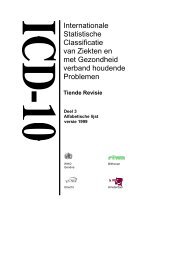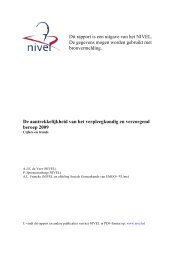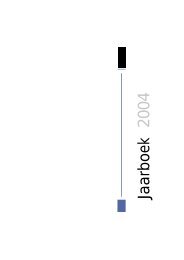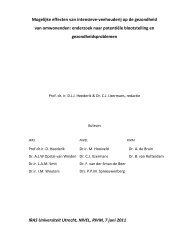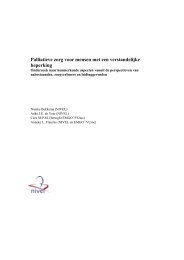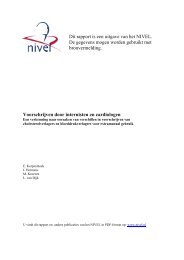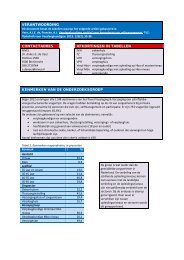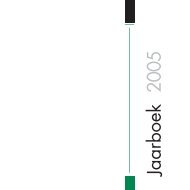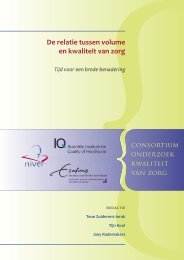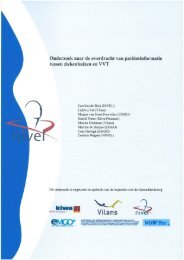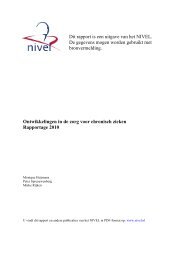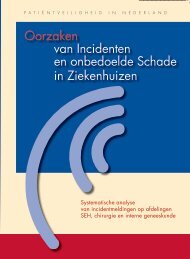Multi-Sensory Stimulation in 24-hour Dementia Care - Nivel
Multi-Sensory Stimulation in 24-hour Dementia Care - Nivel
Multi-Sensory Stimulation in 24-hour Dementia Care - Nivel
You also want an ePaper? Increase the reach of your titles
YUMPU automatically turns print PDFs into web optimized ePapers that Google loves.
esidents <strong>in</strong> the United K<strong>in</strong>gdom. The experimental group received 15 sessions of<br />
Structured Reality Orientation Group Therapy, each session lasted 45 m<strong>in</strong>utes. The<br />
groups were facilitated by a member of the research team with a staff member from<br />
the home/center as co-facilitator. The control group received usual care. Spector et<br />
al. found significant differences <strong>in</strong> the pre-/post change scores of the experimental<br />
and the control group, <strong>in</strong> favor of the experimental group.<br />
The third study on the effects of reality orientation was performed by Hanley et al.<br />
(1981) to establish the effects on apathy among residents of a long-stay<br />
psychogeriatric unit of a hospital, and residents of an old peoples home <strong>in</strong> the United<br />
K<strong>in</strong>gdom. The experimental groups received half an <strong>hour</strong> Classroom Reality<br />
Orientation, four times a week for 12 weeks by a therapist. The control groups<br />
received usual care. Hanley et al. found no significant differences <strong>in</strong> the apathy<br />
change scores of the experimental and the control group.<br />
The fourth study on the effects of reality orientation was conducted by Baldelli et al.<br />
(1993) among <strong>in</strong>stitutionalized people with Alzheimer's Disease <strong>in</strong> Italy. The<br />
experimental group received formal Classroom Reality Orientation Therapy for 1<br />
<strong>hour</strong>, 3 times a week, dur<strong>in</strong>g a period of 3 months. The control group received usual<br />
care. Baldelli et al. measured the effects on depression but found no significant<br />
changes <strong>in</strong> the scores of the experimental and control group.<br />
The fifth <strong>in</strong>cluded study on the effects of reality orientation, reported by Ferrario et<br />
al. (1991), <strong>in</strong>vestigated the effects on depression and apathy among <strong>in</strong>stitutionalized<br />
psychogeriatric patients <strong>in</strong> Italy. The experimental group received formal Classroom<br />
Reality Orientation Therapy for 1 <strong>hour</strong>, 5 times a week, for <strong>24</strong> weeks by a therapist.<br />
The control group received usual care. The apathy scores <strong>in</strong> the experimental group<br />
were significantly lower than at pretest, while the scores <strong>in</strong> the control group had not<br />
changed. There were no significant changes <strong>in</strong> the depression scores.<br />
<strong>Multi</strong>-<strong>Sensory</strong> <strong>Stimulation</strong>/Snoezelen<br />
The aim of <strong>Multi</strong>-<strong>Sensory</strong> <strong>Stimulation</strong>/ snoezelen is to ma<strong>in</strong>ta<strong>in</strong> or improve contact<br />
with demented people and to improve their well-be<strong>in</strong>g by positive stimulation of their<br />
senses (visual, auditory, tactile, olfactory and gustatory stimulation). The first<br />
<strong>in</strong>cluded study on the effects of <strong>Multi</strong>-<strong>Sensory</strong> <strong>Stimulation</strong> was conducted by Baker et<br />
al. (2001) among people liv<strong>in</strong>g at home with their primary caregiver and attend<strong>in</strong>g a<br />
hospital day center <strong>in</strong> the United K<strong>in</strong>gdom. People <strong>in</strong> the experimental group<br />
received 1:1 <strong>Multi</strong>-<strong>Sensory</strong> <strong>Stimulation</strong> sessions <strong>in</strong> a <strong>Multi</strong>-<strong>Sensory</strong> <strong>Stimulation</strong> room<br />
for 30 m<strong>in</strong>utes, twice weekly, for 4 weeks. The control group attended 1:1 Activity<br />
Therapy sessions for 30 m<strong>in</strong>utes, twice weekly, for 4 weeks. The sessions were<br />
conducted by two teams of 'keyworkers', which consisted of a member of staff from<br />
50 <strong>Multi</strong>-<strong>Sensory</strong> <strong>Stimulation</strong> <strong>in</strong> <strong>24</strong>-h dementia care



